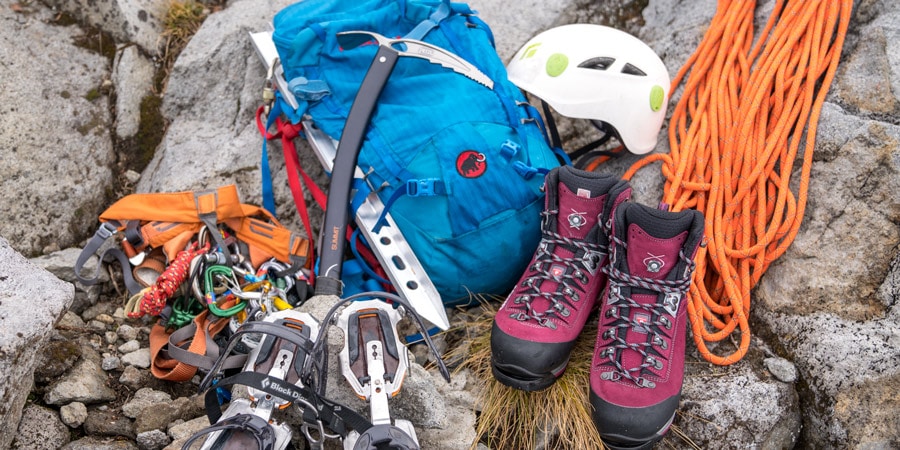Hill Climbing Gear – The Basics

If you’re looking to improve your hill climbing skills, you should invest in some good Hill Climbing Gear. These tools will make your experience more enjoyable. These accessories include Mountain bikes, classic rope, and carbon or aluminum sprockets. We’ll go over the basics and what to look for when shopping for this gear.
Mountain bike
The right mountain bike hill climbing gear can make a huge difference in your climbing performance. It’s not just about keeping your bike in one gear, but also about making sure your body is supported. In addition to the proper gear, it’s important to choose the right tyres for the conditions. If you don’t have enough traction, you could end up stalling or even crashing.
It’s also essential to know the best body position. This is critical because it will determine how you maintain a balanced position on your bike. Your weight distribution should be as even as possible, with your upper and lower body weight evenly distributed.
Classic rope
If you’re looking for a good climbing rope that can hold you up on multi-pitch routes, you might want to consider a Mammut Classic rope. This rope is 9 millimeters thick, which means that it’s strong but still lightweight. It also has a workhorse construction, which provides excellent abrasion resistance while climbing.
A classic rope is an ideal choice for most climbing situations. It’s inexpensive, easy to handle, and durable enough to handle long distances. This rope is also ideal for lead climbing, and many climbers love how it feels in a belay device. While it’s not ideal for ice or long alpine routes, it can cover most of your bases. And because it’s not treated with dry treatment, it’s great for beginners.
If you’re in the market for a new rope, Sterling makes a variety of options. From lightweight models to 10-millimeter T-10s, Sterling has a rope to suit your climbing style. Their Ion R rope is marketed as a guide favorite, and at 9.4mm diameter, it’s a great size for most recreational climbers. It won’t weigh you down on long pitches, and it’s not too thin to be a nuisance.
Carbon sprocket
Choosing the right carbon sprocket for your hill climbing gear is an essential part of your bike. If you are over-geared, you will find yourself struggling to maintain your momentum on the climb. This can result in you having to walk the walk of shame. Fortunately, there are several different sprocket sizes to choose from.
Aluminum sprocket
Most street bikes come with a steel sprocket, but many cyclists choose to upgrade to an aluminum sprocket. This material is lightweight, durable, and can reduce rolling resistance. While aluminum sprockets are lighter than steel sprockets, they do not handle the same torque. As a result, you will have less resistance when pedaling and better climbing capabilities.
The type of sprocket that’s right for you depends on the terrain. If you’re riding in an area with a high gradient, you should choose a larger cog to maximize the gearing ratio. On flat land, a smaller sprocket will provide smoother gear shifts.
Carbon probe
A carbon probe is a tool that is used to find buried objects or people. There are many types of probes available, and a few of the best are designed to be bend-resistant. The Mammut Carbon Probe 240 light is a compact and bend-resistant probe with seven segments and an integrated telescopic locking system. This allows you to find your subject quickly and easily.
The Carbon Probe is made of lightweight carbon fiber, and its design allows it to be compact when not in use. This makes it the first choice of many rescue organizations. Its 13mm diameter and steel-cable tensioning system ensure that it will not break while in use. The Carbon Probe also features an opaque finish to make it easier to measure the depth of snow and ice.